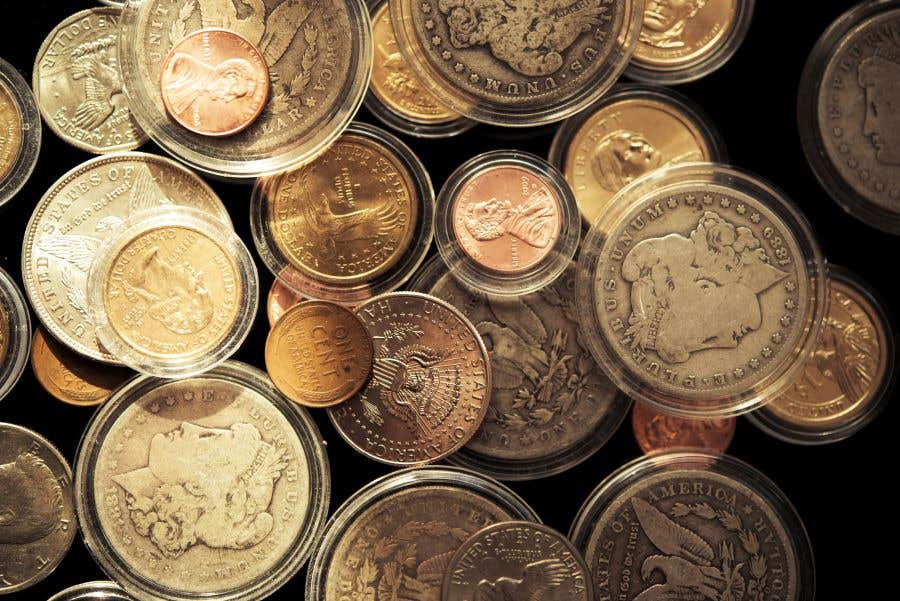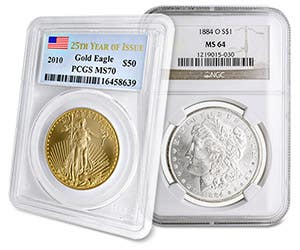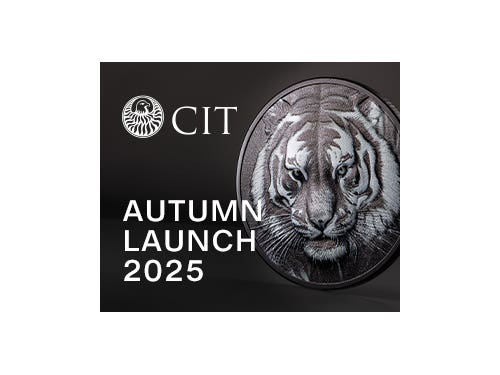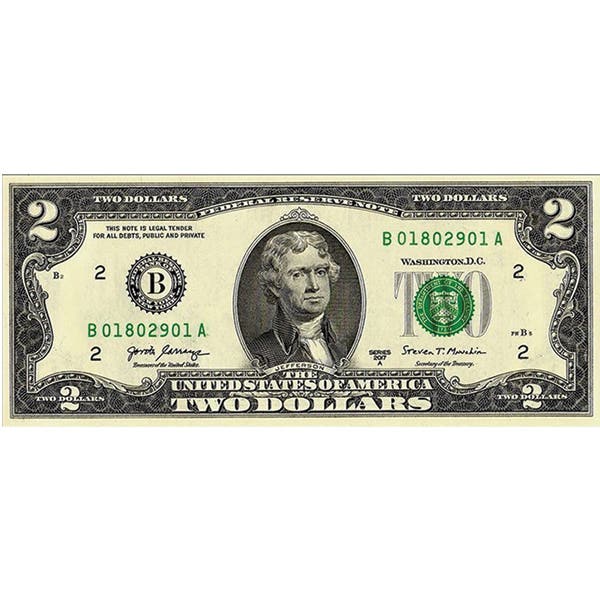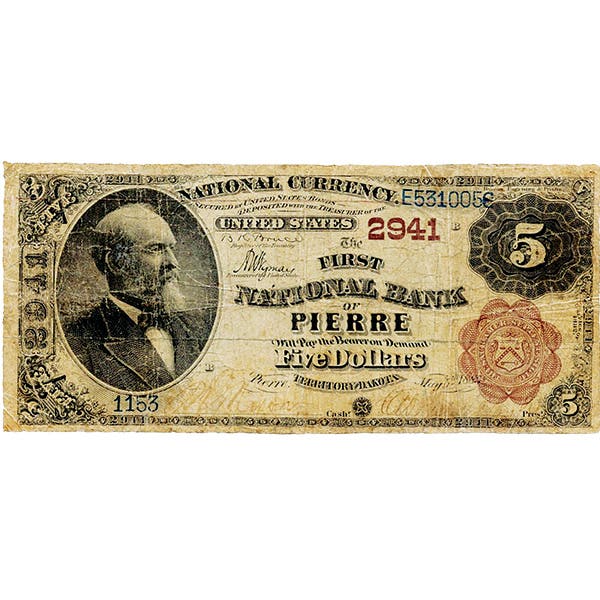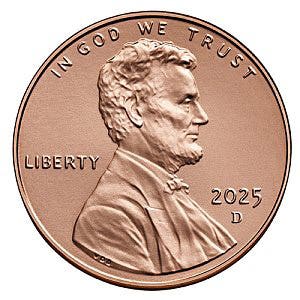Item of the Week: 1934-D Washington Quarter
As the old Washington quarter design disappears at least for a time, an increase in demand is possible and that means so are higher prices for the 1934-D.
A lot of things are changing when it comes to Washington quarters, and in the process the price and the way we look at the 1934-D are among the things changing.
It’s worthwhile to remember that for decades the Washington quarter received very little attention. After all, it was the current quarter design and to many collectors, that made it about as exciting as watching paint dry.
What little interest there was in the Washington quarter for many decades fairly went to the 1932-D and 1932-S. The two were basically twins, produced in the first year of the design and with nearly identical mintages, both safely below 500,000. No other Washington quarter date even came close in terms of mintage.
The 1934-D had a mintage of just 3,527,200. With generation after generation collecting from circulation, a date like the 1934-D would turn up periodically, but the 1932-D and 1932-S were rarely if ever seen. The mintage differences between the two keys and other dates was large, but the gap in terms of finding examples in circulation between the 1932-D and 1932-S and dates like the 1934-D was even larger.
It would remain that way, not for years but for decades. There was simply no interest in the Washington quarter as a collection. The denomination was too high for young collectors, and collectors with larger budgets were not very interested in current issues, opting instead for older coins.
There was also the matter of what grades people were collecting at the time. There was no MS-60 or MS-65 until long after the 1934 was released, and then for decades, once the grading system had been explained, it was only applied to early coppers. A date like the 1934-D was likely impossible in MS-65, and no one would have known as the only concern was circulated or uncirculated. With most collectors seeking to simply fill holes, the 1934-D, while tougher than many other dates, did not stand out – at least from the other branch mint Washington quarters in the 1930s.
It was, however, the lack of interest in Washington quarters that really stood in the way of the 1934-D or any other date getting much recognition. If there is no demand, then even a very small supply of a given date is adequate. Until the supply is really tested by demand, all dates tend to be the same in terms of price and respect.
Realistically it is hard to image when the situation with Washington quarters would have changed were it not for the 50 State Quarter program. That program alerted everyone to the fact that the old Washington quarter would not be made forever, and suddenly some took an interest. Dates started moving in price, especially in MS-65.
The 1934-D was not the only date to have a price increase and it was not the most dramatic, but its MS-60 price of $175 for the Medium Motto variety and $240 for the Heavy Motto variety suggest that it is tough in Mint State.
It may be the case that the grading service totals are less accurate than usual. However, at least in terms of price, it was reasonable to send a 1934-D in for grading. It just may be that few bothered simply because there was little demand.
At Numismatic Guaranty Company, they have recorded 765 examples of the 1934-D with most being Mint State, but in MS-65 or better the total is about 145. At the Professional Coin Grading Service, with 1,114 graded, most again in Mint State, the MS-65 or better total is 260.
Even combined, which assumes no repeat submissions, the MS-65 or better total for the 1934-D is not high, and that is especially true if new demand surfaces. We cannot be certain of new demand, but as the old Washington quarter design disappears at least for a time, an increase in demand is possible and that means so are higher prices for the 1934-D.




